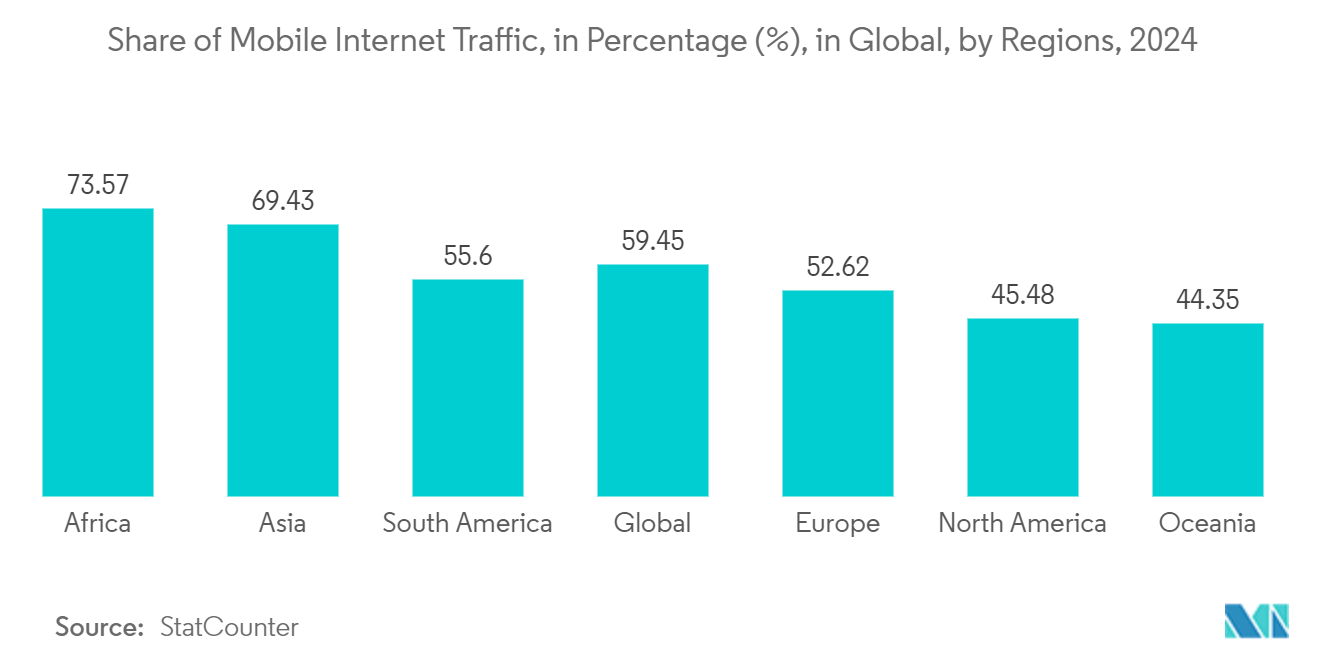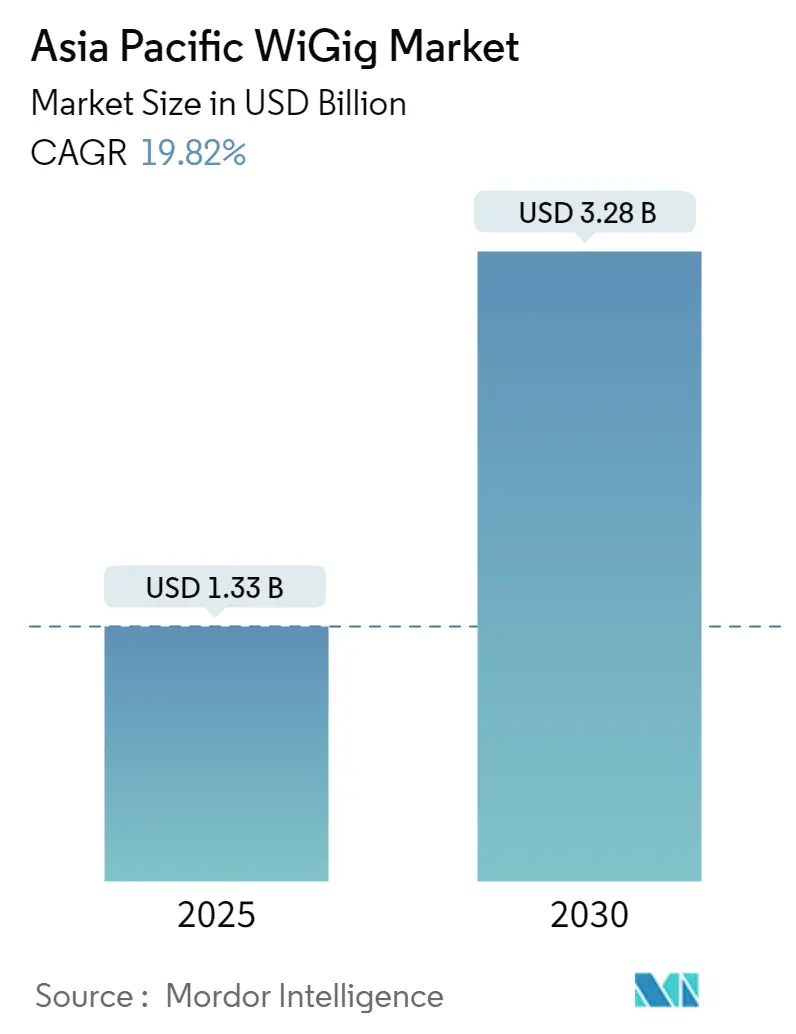
| Study Period | 2019 - 2030 |
| Base Year For Estimation | 2024 |
| Forecast Data Period | 2025 - 2030 |
| Market Size (2025) | USD 1.33 Billion |
| Market Size (2030) | USD 3.28 Billion |
| CAGR (2025 - 2030) | 19.82 % |
| Market Concentration | Low |
Major Players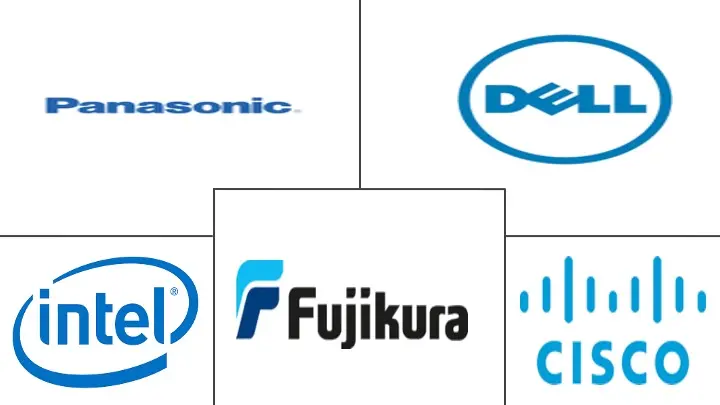
*Disclaimer: Major Players sorted in no particular order |
Asia Pacific WiGig Market Analysis
The Asia Pacific WiGig Market size is estimated at USD 1.33 billion in 2025, and is expected to reach USD 3.28 billion by 2030, at a CAGR of 19.82% during the forecast period (2025-2030).
- In recent years, there has been an increased emphasis on high-speed internet and 5G networks. Emerging countries, including China, Japan, Taiwan, India, and Australia, are the major driving countries in the region. China has an established ecosystem for 5G and is expected to grow further in the forecast period. However, the 5G technology is expected to serve as a hotspot technology in existence with the current mobile broadband. The growth is expected to be gradual in the country.
- Due to the advent of the Internet of Things (IoT) and machine-type communication (MTC), exponential wireless traffic growth is expected in the near future. This would mean an increase in current bandwidth, assuming the same spectrum efficiency. For instance, the industrial, scientific, and medical (ISM) RF band in the 5.4 GHz region is approximately 500 MHz, mainly used by wireless fidelity WiFi. This bandwidth is already getting saturated, which is one of the driving forces of WiGig.
- WiGig is expected to be one of the main options for quick and easy data delivery without a physical wired connection. As it does not pass through walls and has a very short range, it is more useful for transfers within a short range and won't replace or directly supersede WiFi or cellular. Many consumer electronic devices will be multi-mode WiFi and WiGig capable.
- As a result of WiGig features, such as elevated speed connection, extraordinary reliability, and decreased latency, the healthcare system has benefited from improved response times, patient monitoring, data collection and analytics, remote collaboration, and resource allocation. It also sets an example for digitalized, data-driven, and Cloud-based innovative major public emergency response platforms in the region.
- The Telecom Regulatory Authority of India (TRAI) has mentioned that the delicensed bands available for WiFi are congested. According to the analysis of DigiAnalysis, in India, there are around 0.5 million public hotspots available as of 2022, which is expected to reach around 50 million by 2030. In contrast, there are over 45 million hotspots available worldwide. Hence, the board has shown a need to expand this infrastructure to at least one hotspot for 150 persons, creating a demand for another 8 million hotspots.
Asia Pacific WiGig Market Trends
Display Devices to Drive the Market Growth
- Wireless Gigabit (WiGig) technology operates at 60GHz. It allows wireless transfer of audio and video data up to 5 gigabits per second, ten times the current maximum wireless transfer rate, at one-tenth of the cost, usually within a range of 10 meters. Due to the ease of operation and high speed, the WiGig technology market is gaining traction, especially in the gaming sector. According to StatCounter, as of January 2024, mobile devices, excluding tablets, dominated global web page views, capturing close to 60% of the market share.
- WiGig technology is also being used in broadcasting video signal transmission systems in sports stadiums and mm-wave video video signal transmission systems. The technology could also be used for beaming full HD video in real time. It could be used by notebooks and other computers to wirelessly connect virtually, all the expansion needed for a docking station, including a secondary display and storage computer.
- Further, the consumer electronics sector is boosting the WiGig market. A phone, tablet, or computer could wirelessly stream content to a high-resolution TV or another monitor in the same room. For instance, Asus's ROG Phone can use WiGig along with its display dock to wirelessly connect any phone to a big-screen TV. The TwinView dock has its 6.59-inch, 120Hz touchscreen, a second massive 5,000mAh battery, and a built-in fan.
- The display devices segment of the market is presented with ample growth opportunities, especially with the advent of virtual reality (VR)/augmented reality (AR) technologies, in the forecast period. The South Korean government has announced to invest nearly KRW 19 billion in developing augmented reality platforms over the next three years. As part of efforts to boost AR/VR platform development and engage viewers in AR/VR content, the culture ministry will create a large-scale virtual cultural venue using cloud computing and provide a wide range of content services.
South Korea to Hold Significant Market Share
- The telecommunication companies, like SK Telecom, KT, and LG Uplus, were the first to launch 5G in the world in South Korea, according to the ministry of Science and ICT. SK Telecom, had the most 5G users at 14.35 million as of April 2023, followed by KT at 9 million and LG Uplus at 6.43 million.
- Moreover, according to the IEEE Communications Society, South Korean 5G users account for over the 29.6 million users as of this March 2023 and given that number of subscribers has increased to around 500,000 per month up to now, Such high penetration and quick adoption of technology indicate the demand for high-speed data transfer, which may drive WiGig chips' demand in the country.
- Ministry of Science, ICP, and Future Planning (MSIP) in South Korea has stated that the country's semiconductor companies have made an early move by entering the 60GHz WiGig market, enabling them to gain a competitive edge in the data communication market.
- The Virtual Reality market has a significant application of WiGig chipsets. The country is also emerging as one of the emerging markets for AR/VR technologies, owing to growing government investment in the market coupled with the growing adoption of AR/VR technologies among the country's end-user industries.
- The hardware companies in the country are also making continuous product launches that support WiGig chipsets. For instance, Samsung introduced its 5G New Radio (NR) Access Unit (AU), which can be used for high-speed wireless communications with high-speed wireless communications, as seen with the latest 802.11ad Wi-Fi standard operating at 60 GHz frequency.
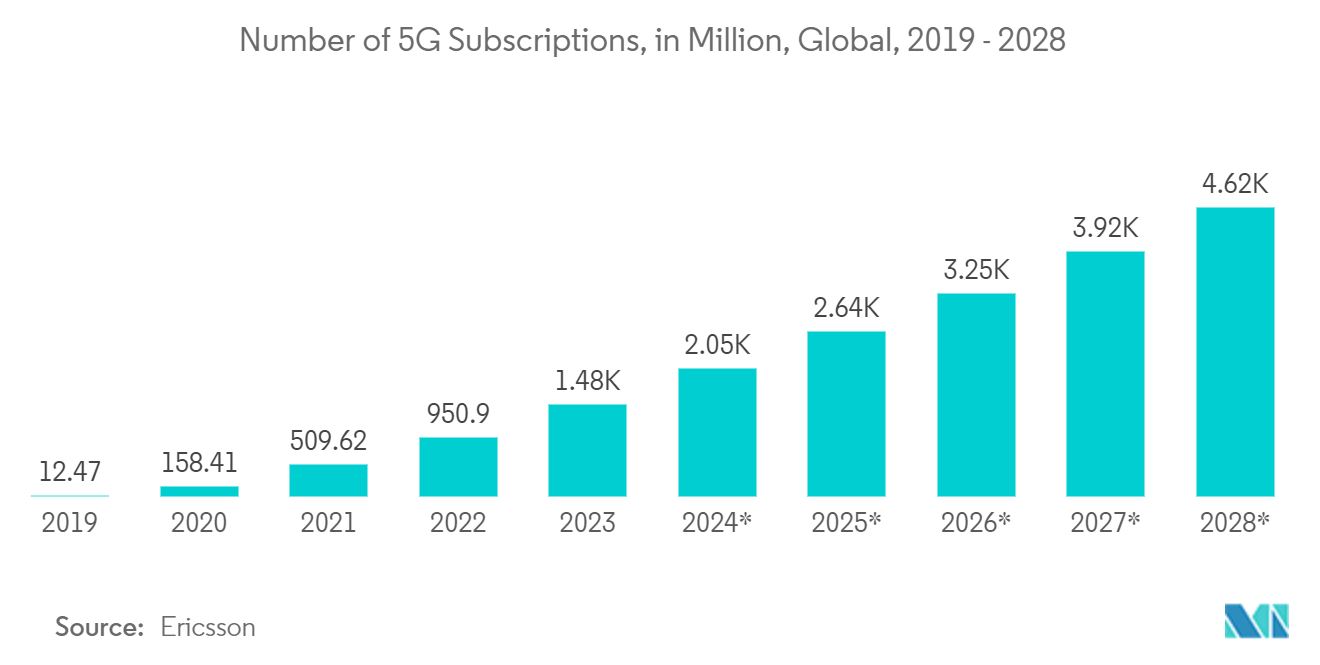
Asia Pacific WiGig Industry Overview
The Asia Pacific WiGig market exhibits a notable degree of fragmentation, with various industry players vigorously striving to advance the technology in order to overcome market challenges that could impede its current growth trajectory. These key players are actively engaging in strategic initiatives such as forging partnerships, executing mergers, and pursuing acquisitions. Some noteworthy developments within the market include:
In June 2022, H3C, a prominent Chinese network equipment manufacturer, introduced what it purports to be the inaugural Wi-Fi 7 router. The H3C Magic BE18000 router boasts a remarkable peak throughput capacity of 18.443 Gbps, offering a tantalizing glimpse of significantly enhanced throughput compared to Wi-Fi 6 or 6E hardware. This innovation underscores the ongoing efforts within the industry to push the boundaries of wireless technology.
Asia Pacific WiGig Market Leaders
-
Panasonic Corporation
-
Fujikura Ltd
-
Cisco Systems Inc.
-
Dell Technologies Inc.
-
Intel Corporation
- *Disclaimer: Major Players sorted in no particular order
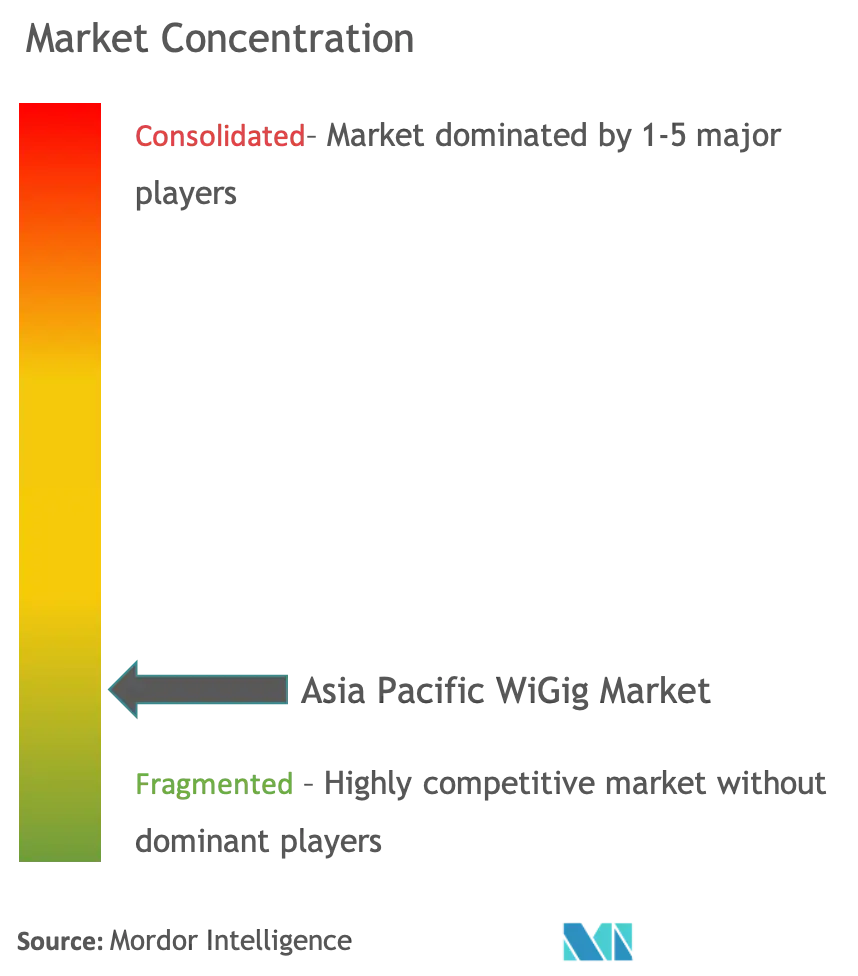
Asia Pacific WiGig Market News
- April 2024 - Panasonic System Networks R&D Lab. Co., Ltd. has adopted Peraso's X710 chipset for its new 60GHz WLAN solution. Incorporating Peraso's phased array antenna technology, PSNRD's introduced 60GHz WLAN solution achieves wireless high-speed, low-latency communication equivalent to wired LAN over distances of hundreds of meters. The new solution is easy to install and operate, interference-free use of the 60 GHz band, and narrow beam directional antenna control.
- August 2023 - Australian Internet Service Provider Move Up Internet (MUI) has announced its plans to roll out a advanced Internet service in collaboration with Meta, the parent company of Facebook. The service, set to debut in the Sunshine Coast region of Australia, is geared towards delivering gigabit Internet speeds to both residents and businesses. Leveraging Meta's innovative Terragraph technology, MUI's ambitious goal is to span coverage from Noosa to Tweed Heads in Southeast Queensland.
Asia Pacific WiGig Industry Segmentation
WiGig, also known as 60GHz Wi-Fi, refers to a set of 60GHz wireless network protocols. This enables high-performance wireless data, display, and audio applications. WiGig transfers data wirelessly on the 60 GHz frequency, unlike Wi-Fi 6 and other normal versions of Wi-Fi that use the 2.4GHz or 5GHz frequencies. The scope of the market is comprehensive and is limited to Asia Pacific.
The Asia Pacific WiGig market is segmented by product (display devices and network infrastructure devices), applications (gaming and multimedia, networking, and other applications), and geography (China, Japan, India, South Korea, Australia, and the Rest of Asia Pacific).
The market sizes and forecasts are provided in terms of value (USD) for all the above segments.
| By Product | Display Devices |
| Network Infrastructure Devices | |
| By Application | Gaming and Multimedia |
| Networking | |
| Other Applications | |
| By Geography | China |
| Japan | |
| India | |
| South Korea |
Asia Pacific WiGigMarket Research FAQs
How big is the Asia Pacific WiGig Market?
The Asia Pacific WiGig Market size is expected to reach USD 1.33 billion in 2025 and grow at a CAGR of 19.82% to reach USD 3.28 billion by 2030.
What is the current Asia Pacific WiGig Market size?
In 2025, the Asia Pacific WiGig Market size is expected to reach USD 1.33 billion.
Who are the key players in Asia Pacific WiGig Market?
Panasonic Corporation, Fujikura Ltd, Cisco Systems Inc., Dell Technologies Inc. and Intel Corporation are the major companies operating in the Asia Pacific WiGig Market.
What years does this Asia Pacific WiGig Market cover, and what was the market size in 2024?
In 2024, the Asia Pacific WiGig Market size was estimated at USD 1.07 billion. The report covers the Asia Pacific WiGig Market historical market size for years: 2019, 2020, 2021, 2022, 2023 and 2024. The report also forecasts the Asia Pacific WiGig Market size for years: 2025, 2026, 2027, 2028, 2029 and 2030.
Our Best Selling Reports
Asia Pacific WiGigIndustry Report
Statistics for the 2025 Asia Pacific WiGig market share, size and revenue growth rate, created by Mordor Intelligence™ Industry Reports. Asia Pacific WiGig analysis includes a market forecast outlook for 2025 to 2030 and historical overview. Get a sample of this industry analysis as a free report PDF download.



